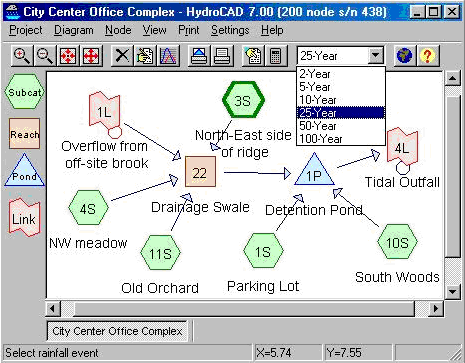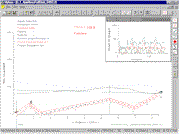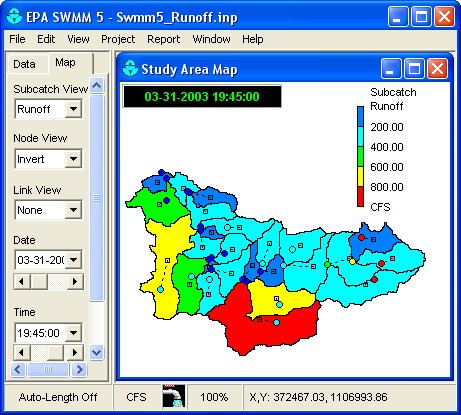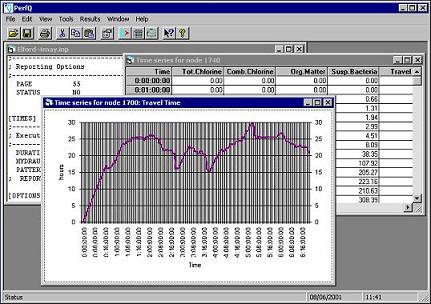Special JWRPM Issue on Drinking Water Distribution Systems Security
The following call was received form Dr. Avi Ostfeld:
Dear Colleagues,
Following the EWRI conference in Anchorage, Alaska, May 15-19, 2005, and the growing interest in water distribution systems security, a special issue of the Journal of Water Resources Planning and Management on Drinking Water Distribution Systems Security has been approved. The special JWRPM issue is tentatively scheduled to appear July/August 2006.
The major themes of the issue will be: sensors/monitoring stations allocations; disinfectant residuals control; contaminant inverse modeling methodologies; pollutants containment; case studies implementations; and a “Battle of the Sensors” exercise.
The manuscripts will be peer-reviewed with the normal rigor of any standard submittal to the JWRPM, but on an accelerated schedule as outlined below:
June 1, 2005: Final date for authors to express their interest in submitting a paper to the special issue by providing a manuscript title and authors names; and in participating at the “Battle of the Sensors” exercise [sent to Avi Ostfeld (ostfeld@tx.technion.ac.il)]
Aug 1, 2005: Final date for authors to submit 1st draft of paper (pdf to Ostfeld)
Sep 20, 2005: Provide 1st round review comments to authors, including preliminary decision
Nov 1, 2005: Final date for authors to submit 2nd draft of paper
Nov 25, 2005: Provide 2nd round review comments to authors, including final decision
Dec 15, 2005: Final date for authors to submit final version of accepted manuscript (pdf to Ostfeld)
Dec 31, 2005: Editor sends approved final versions to ASCE for copyeditingPlease forward this message to any additional authors who might be interested in this initiative.
Sincerely yours,
Avi Ostfeld
Associate Editor, JWRPM






